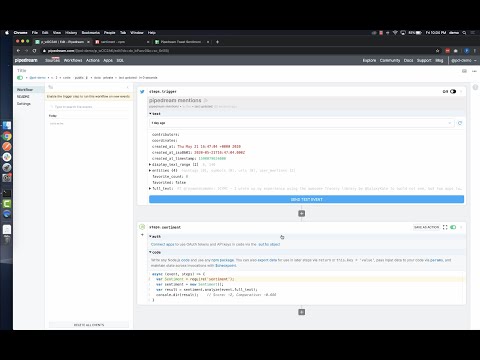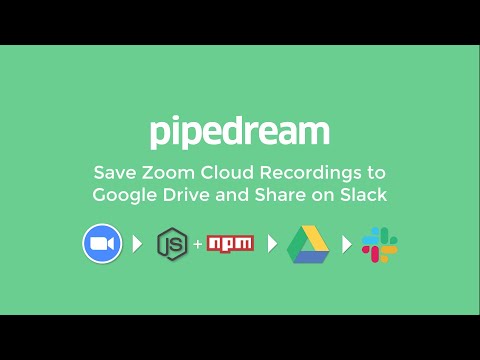What do you want to automate
with Mailgun and Google Sheets?
Prompt, edit and deploy AI agents that connect to Mailgun, Google Sheets and 3,000+ other apps in seconds.
Trusted by 1,000,000+ developers from startups to Fortune 500 companies
Popular Ways to Connect Mailgun with Google Sheets#
Popular Mailgun and Google Sheets Triggers#
Emit new event when the email recipient could not be reached.
Emit new event when the email recipient clicked on a link in the email. Open tracking must be enabled in the Mailgun control panel, and the CNAME record must be pointing to mailgun.org. See more at the Mailgun User's Manual Tracking Messages section
Emit new event when the email recipient clicked on the spam complaint button within their email client. Feedback loops enable the notification to be received by Mailgun.
Emit new event when an email is sent and accepted by the recipient email server.
Emit new event when an email can't be delivered to the recipient email server.
Popular Mailgun and Google Sheets Actions#
Add a single row of data to Google Sheets. See the documentation
Add multiple rows of data to a Google Sheet. See the documentation
Delete a mailing list member by address. See the docs here
Overview of Mailgun#
The Mailgun API on Pipedream is a potent tool for automating email operations without the overhead of managing a full-fledged email server. It offers capabilities to send, receive, track, and store emails with ease. With Pipedream's serverless platform, you can trigger workflows using Mailgun events, such as inbound emails or delivery status changes, and connect them to hundreds of other services to streamline communication, marketing, and notification systems within your ecosystem.
Connect Mailgun#
import { axios } from "@pipedream/platform"
export default defineComponent({
props: {
mailgun: {
type: "app",
app: "mailgun",
}
},
async run({steps, $}) {
return await axios($, {
url: `https://${this.mailgun.$auth.region && this.mailgun.$auth.region === "EU" ? "api.eu" : "api"}.mailgun.net/v3/domains`,
auth: {
username: `api`,
password: `${this.mailgun.$auth.api_key}`,
},
})
},
})
Overview of Google Sheets#
The Google Sheets API allows for the creation, reading, updating, and deletion of data within Google Sheets, enabling a robust platform for spreadsheet management and data manipulation. Through Pipedream, you can craft serverless workflows that respond to various triggers, such as webhook events, emails, or scheduled times, to interact with Google Sheets. This synergy can automate reporting, synchronize data across applications, manage inventory, track leads in a CRM, or even conduct survey analysis by updating and retrieving sheet data on the fly.
Connect Google Sheets#
import { axios } from "@pipedream/platform"
export default defineComponent({
props: {
google_sheets: {
type: "app",
app: "google_sheets",
}
},
async run({steps, $}) {
return await axios($, {
url: `https://www.googleapis.com/oauth2/v1/userinfo`,
headers: {
Authorization: `Bearer ${this.google_sheets.$auth.oauth_access_token}`,
},
})
},
})
Related Videos#



Community Posts#


